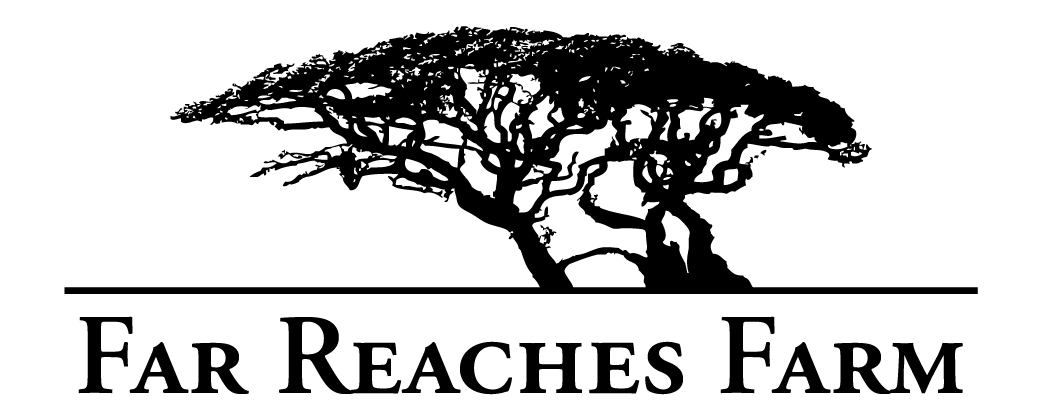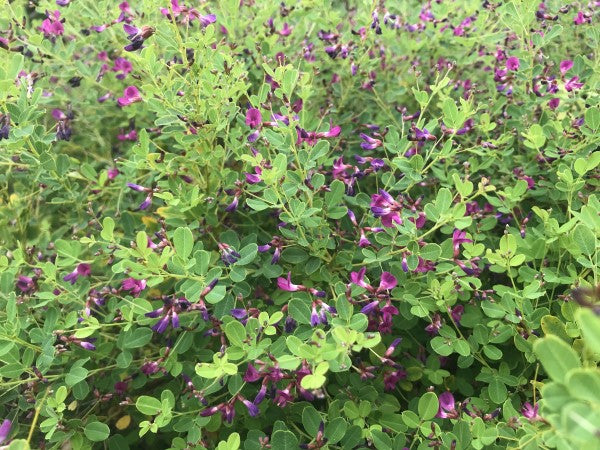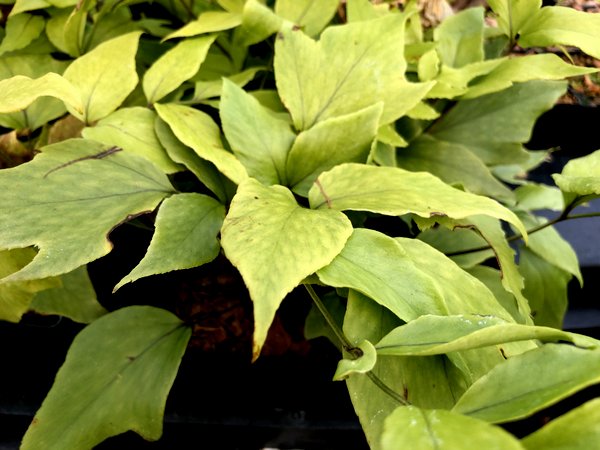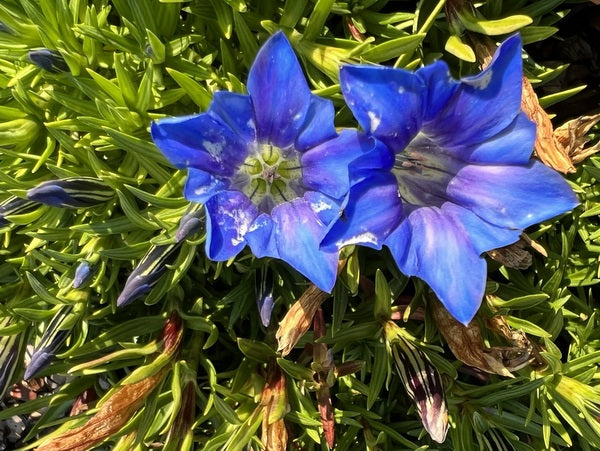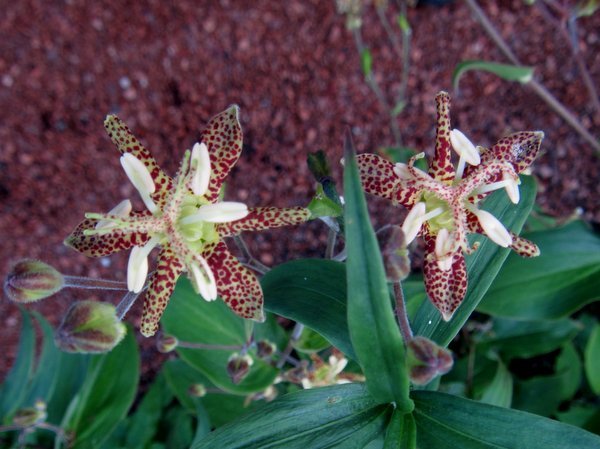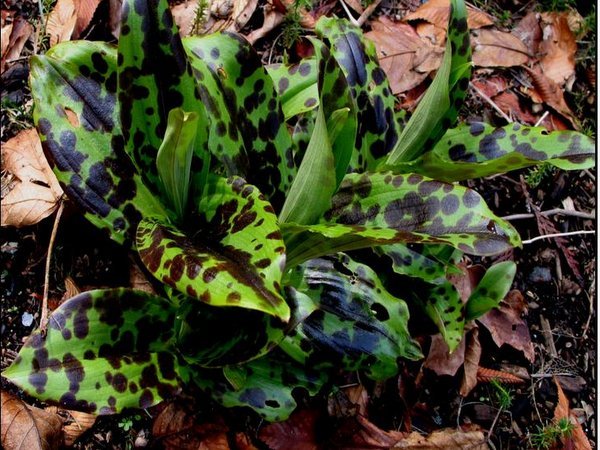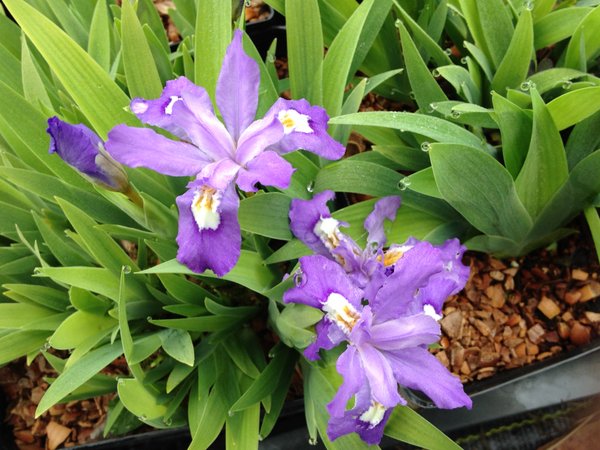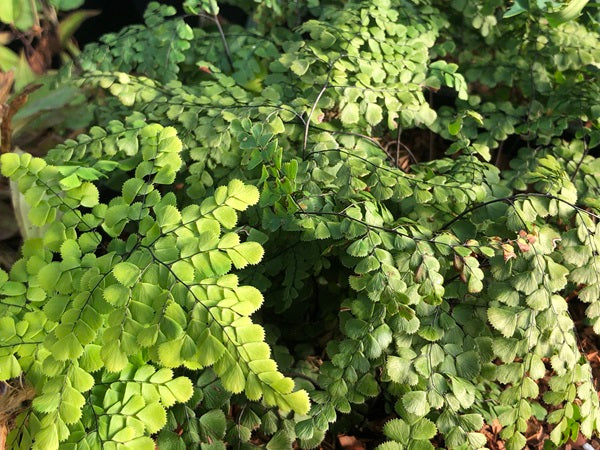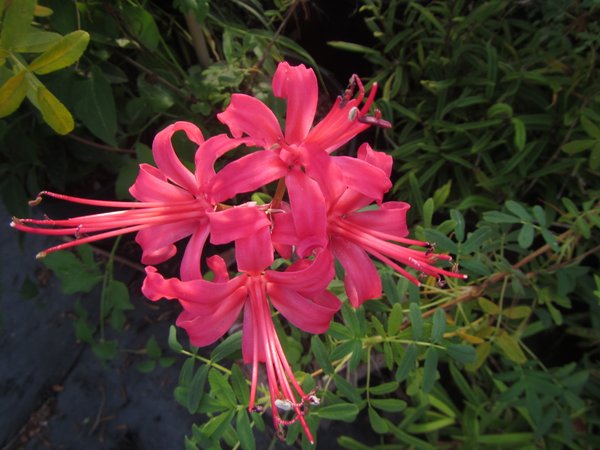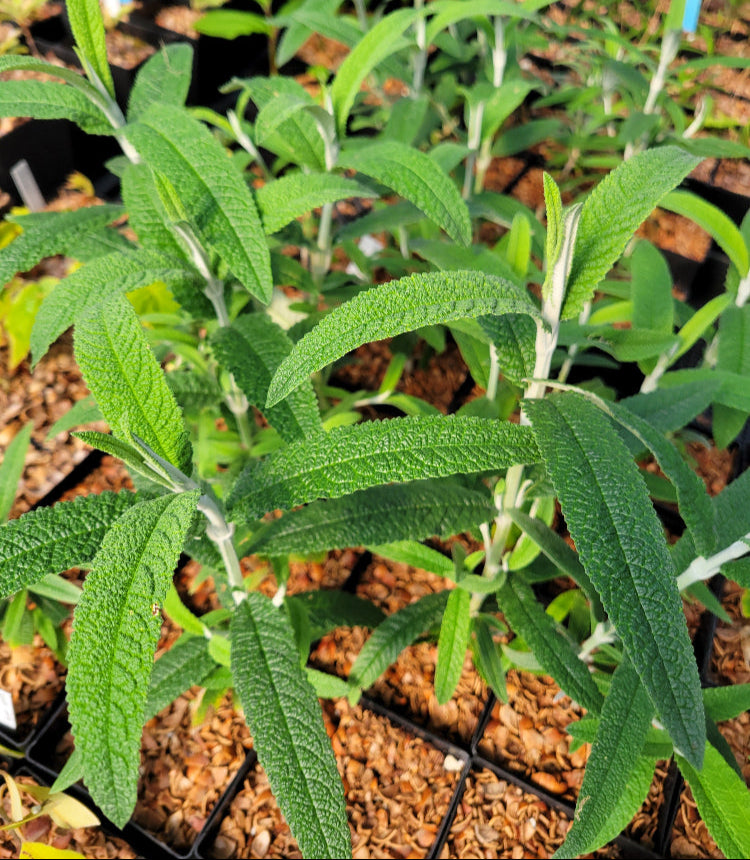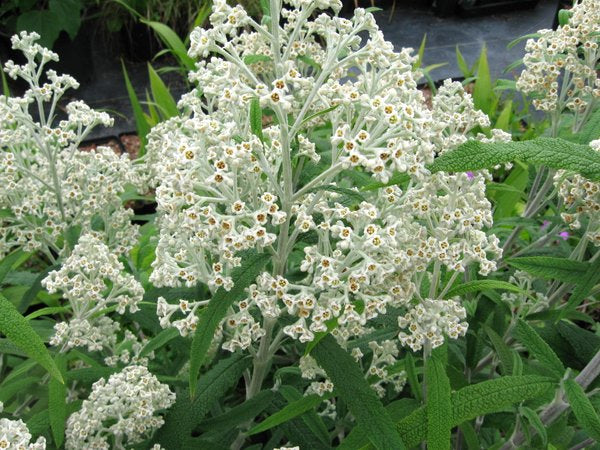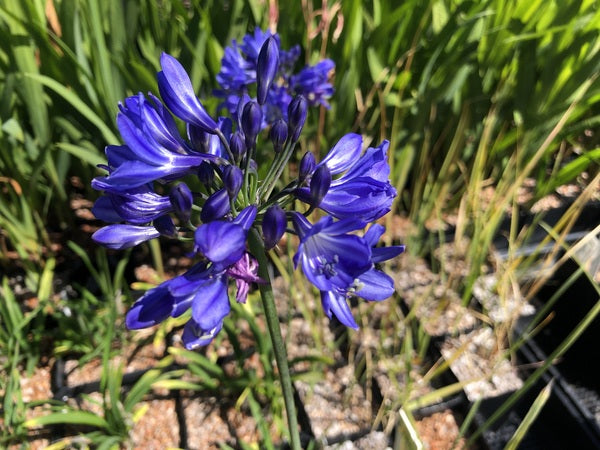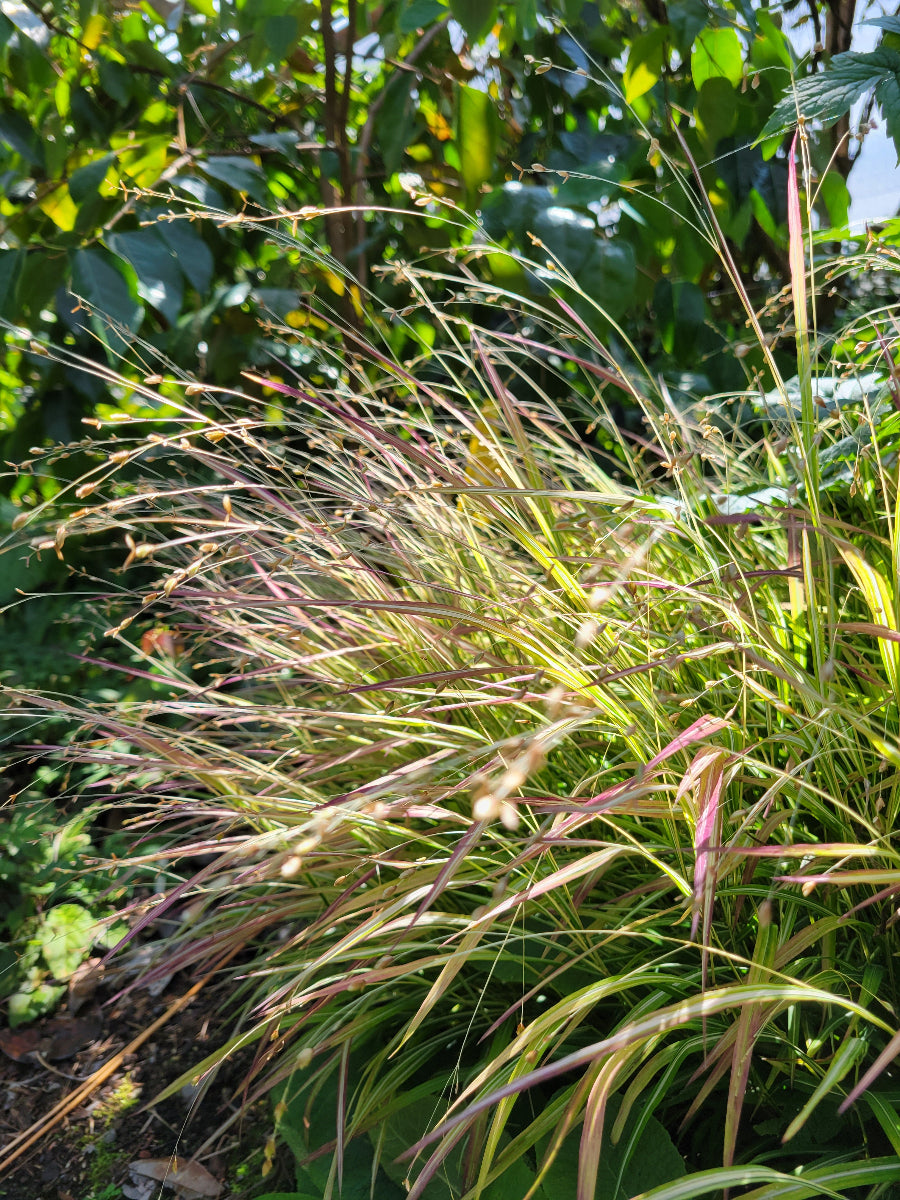Sort by:
1758 products
1758 products
For those who have grown ferns from spore you know that Cyrtomium are how-shall-we-say convivial, popping up where you least expect them. So here an offering for those who appreciate the unexpected joys of life. Due to their dubious origins we can't place a certain name or collection to them but the genus is notoriously indistinguishable anyway. What we can guarantee are the usual smooth evergreen sickle-pinna-ed leaves of the stalwart holly fern that mean you are equally assured of a first-rate garden plant.
This seemingly non-existent in cultivation species of Mexican holly was collected by FRBC board member Cody Hinchliff in Oaxaca. Glossy evergreen leaves one often expects from a holly, these emerge a rich wine red in these plants that's highly attractive followed by glossy red berries. Growing as a tight rounded shrub of only about 5 feet in a sub-alpine zone that stays fairly moist and under full sun (Though the herbarium sheets suggest it may get larger in different conditions). Hardiness likely somewhere around 7b or 8a, will likely thrive in the Southeast, we are hoping it fares well in the wet PNW winters as well.
A Far Reaches Botanical Conservancy Offering
Let's be honest if you're growing Podophyllums for the flowers you're probably a misses the forest for the trees type, and don't be fooled the huge multi-pointed star leaves of these are still just as flashy as ever. That being said, we here at Far Reaches tend to be of the more is more, por que no los dos persuasion and the large paler-than-usual flowers of this selection are quite the added bonus. Thanks to Jacques Thompson for sharing this beauty with us!
A UK selection of this smaller, deciduous Agapanthus shared with us by plantsman Jim Fox. Short foliage is appropriate for the 20"-24" tall flower stems holding baseball-sized heads of deep dark blue flowers that are right on the edge of having some purple influence. The size works well in containers - just don't leave out over winter to freeze - and would be excellent near the front of garden beds paired with other sun-lovers like Blood Grass, Imperata cylindrica 'Rubra' or the groundcover Cotula 'Tiffindell Gold'. We mulch our Agapanthus prior to arctic blasts and this selection might be good to zone 7a with enough mulch and if the freezes are not prolonged.
The all but unseen in the U.S. variegated form of one of the supreme small ornamental grasses. Retains the string-of-pearls white flowers while transforming the blades into an unmatchable pastel rainbow that on closer inspection betrays its elegant components of green blades with a white central stripe tipped by a purplish-pink. Its rare that a grass can reach the sublime but I think its fair to say this one does.
Big fan of these underrated little herbaceous doers, was an even big fan when they were under the phonetically delicious Zauschneria. Mounds of silvery foliage topped for an impressively long period in the late summer and fall with salmon pink tubular flowers very similar in appearance to a salvia. That long flowering and flower form also mean they are a delight for hummers. California native and the Sierra should give you some hint to cultural requirements, does well in well-drained and even rocky soils, drought tolerant but not averse to some moisture, at the same time it doesn't want wet feet. Provides a lot that we will be in need of with changing climates, especially in the rain shadow (deer resistant to boot) so we're hoping to see more of it out and about!
